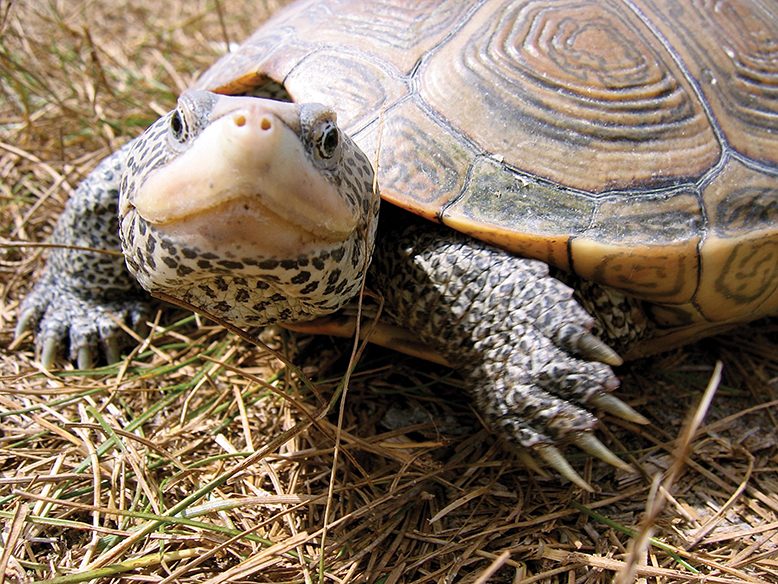
A prized New Jersey institution celebrates its 50th anniversary this month with, among other events, a terrapin-themed egg hunt and turtle-hatchling nature walks. Founded in 1969, the Wetlands Institute, located in Middle Township outside Stone Harbor, is a true forerunner of the environmental movement. “The institute predates the creation of the EPA and passage of the Clean Water Act,” says Lenore Tedesco, the organization’s executive director for the last seven years. “It was at a point in time where there was no wetlands protection.”
The celebration kicks off on April 20 with Turtle Fest. “It’s a big draw that starts off with a pancake breakfast,” says Tedesco. Subsequent events include the 7th annual Spring Shorebird and Horseshoe Crab Festival, May 18-19; and the 50th Anniversary Weekend Celebration, June 22-23, with free admission.
Herbert Mills, a Cumberland County resident and former executive with the World Wildlife Fund, was the guiding force behind the founding of the institute, which began with the purchase of 6,000 acres of marshland. Mills, who died in 1972, recognized the importance of New Jersey’s wetlands. “Wetlands are some of the most biologically diverse ecosystems, rivaling rainforests and coral reefs,” says Tedesco.
Most of the original acreage purchased for the nonprofit institute is now part of the Cape May Wetlands Wildlife Management Area. Meanwhile, the institute remains steadfast in its mission of research, conservation and education. It received more than 17,000 visitors in 2018, plus more than 12,000 schoolchildren.
Attractions include a 720-foot-long elevated boardwalk that provides a close-up view of marsh life. On a clear day, the institute’s 40-foot observation tower offers views of the barrier islands and thousands of acres of marsh. A 122-foot-long dock is used for eco-cruises on the Skimmer, a 40-foot pontoon boat, and back-bay kayak and paddleboard tours.
“Our biggest success,” says Tedesco, “is connecting people to the ecosystems and allowing them to understand their importance, in addition to our cutting-edge research and conservation programs.”



